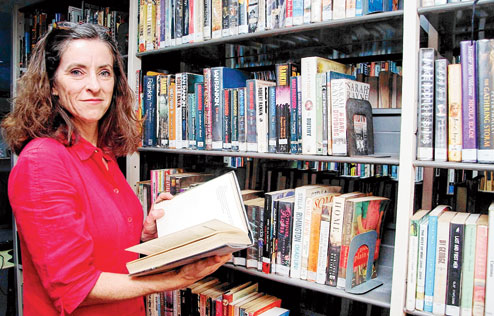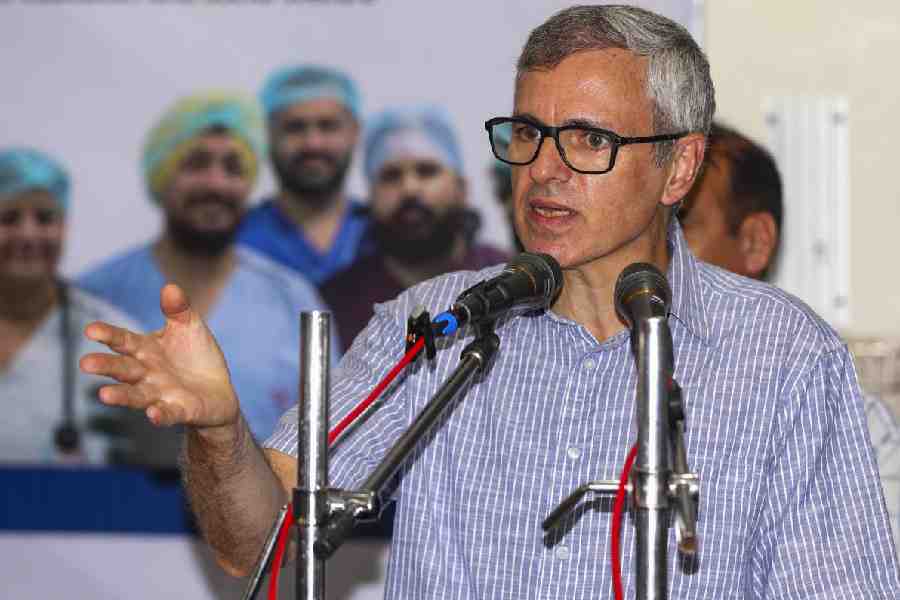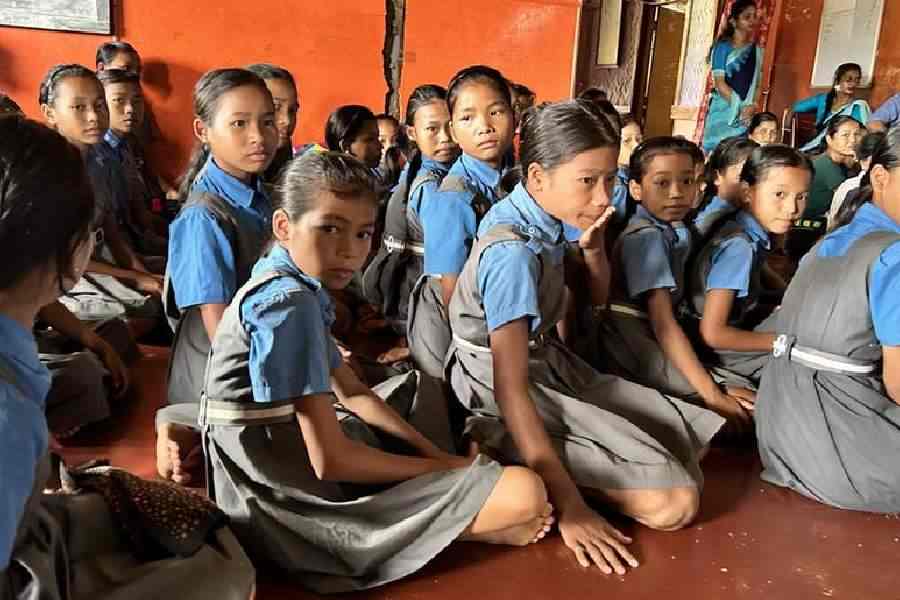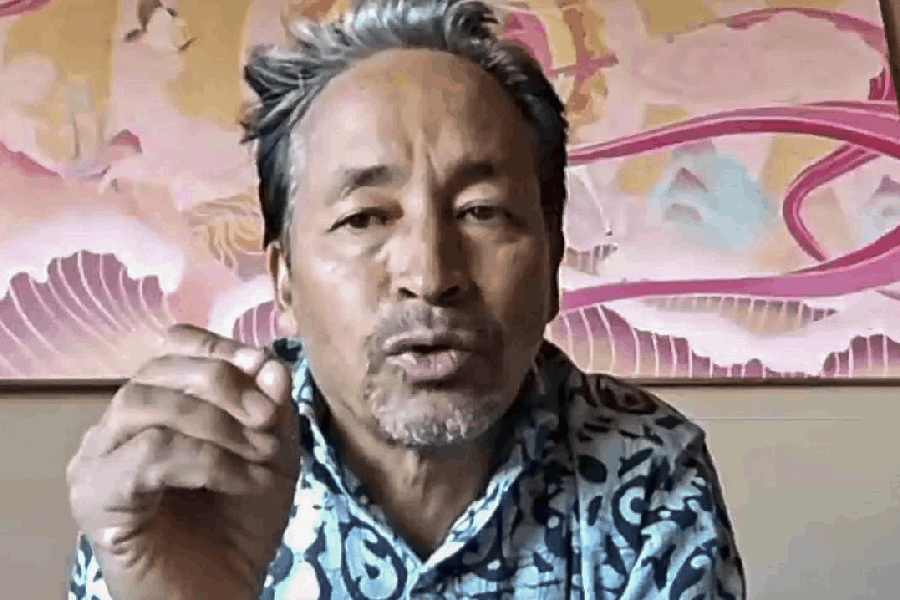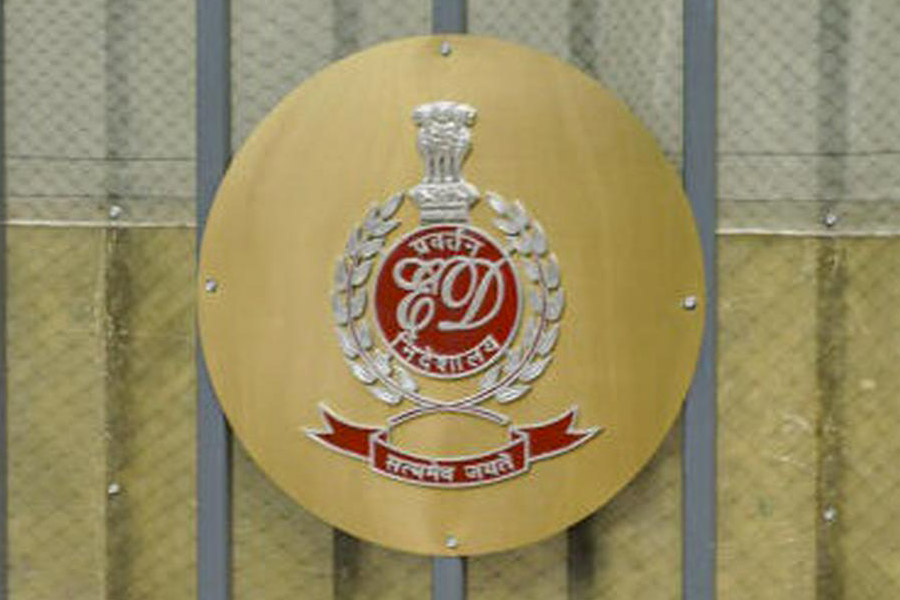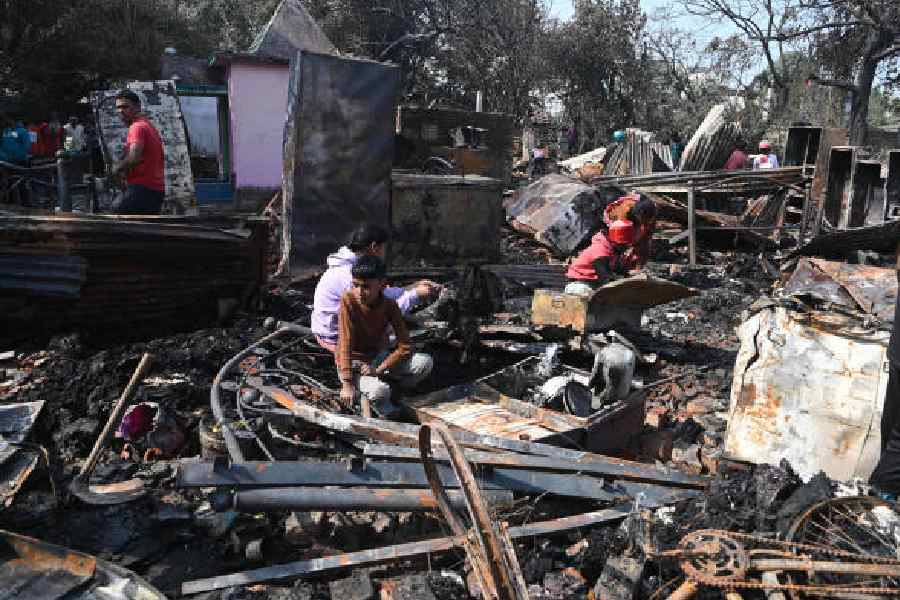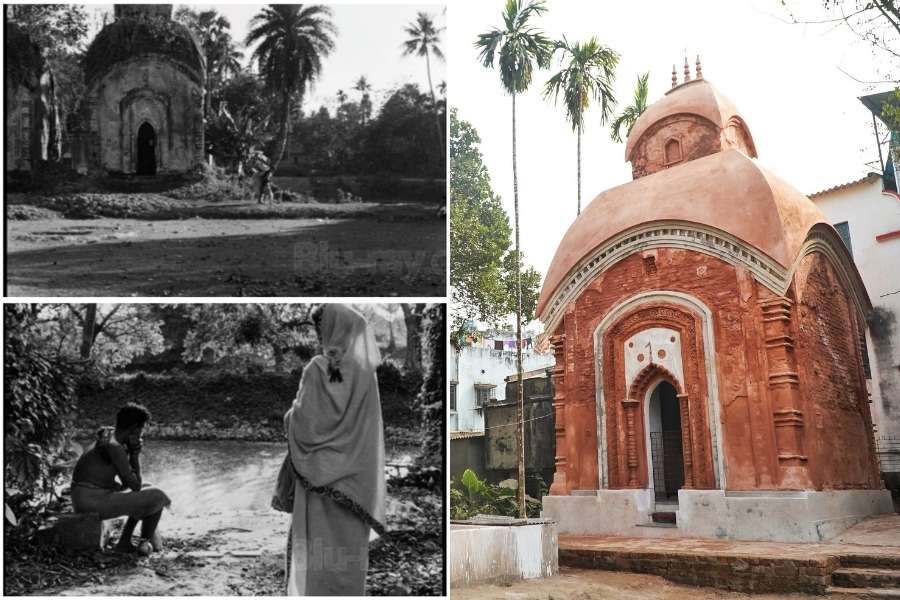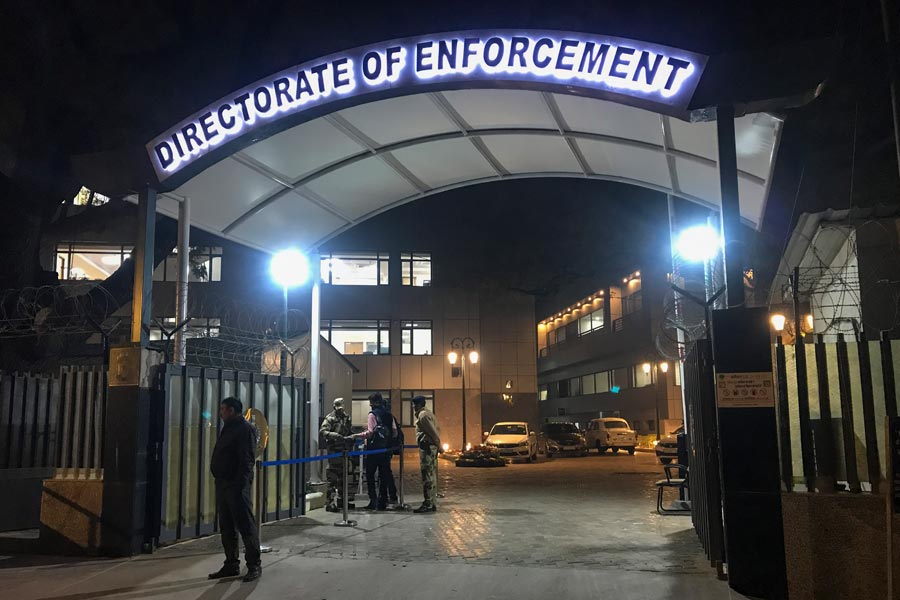 |
| Valerie Henitiuk during a recent visit to Calcutta. Picture by Sayantan Ghosh |
A translator’s woes never end. If he is translating from Bengali to English, what does he do, say, with the fish Kalbosh? How does he render the Bangal, or other dialects, into English, especially when the conversation is reported in a dialect and the narrative in “standard Bengali”? Does a translator edit a text as he works on it, for English comes with greater demands of tautness?
Something does get lost in translation. “Yes,” says Valerie Henitiuk, director, British Centre for Literary Translation (BCLT), “Britain’s leading centre for the development, promotion and support of literary translation and contemporary writing” at the University of East Anglia. “But there are translation gains.”
There are infinite ways of representation inherent in translation, says Henitiuk, who took over as director of BCLT in 2011.
The centre, started in 1989, runs a number of training programmes, including an annual summer school, attended by translators from all over the world, who work on a contemporary text with its author present, who presides over the work in progress and helps the translators as they stumble over the hurdles of his own text.
“A translation is a living text,” says Henitiuk.
In the earlier years the school looked at European language texts; now Asia is a focus — Chinese, Japanese, Arabic literatures. And Indian.
Henitiuk and Kate Griffin, international programme director of the centre, were on a “fact-finding” mission recently in India, visiting several cities, including Calcutta. They were looking at the gaps in the translation industry in India. Translators in India are underpaid; they cannot in most cases make this a profession. And regional literatures from India are severely under-represented abroad.
The goal is to start a summer school in India. BCLT would train translators and introduce leading British publishers to regional Indian literatures. With their wealth of writing, these should get the pre-eminence that they deserve on the global stage, which is reserved now for contemporary Indian English writing, says Henitiuk.
So how to deal with Kalbosh? The answer can be glossary, footnote, italics. But there can always be another way. Translation is about that.
Think Bengali
The name indicates what follows. Serious journals and magazines in Bengali are dead. And because they are dead, serious writing is not happening.
A new journal, Charcha, published by the Calcutta-based Charchapad, has come up to address the first concern. The editors believe thinking in a language is essential to its recovery. The thinking should encompass various disciplines, which alone can lead to original ideas, in short supply, especially in history, the social sciences, philosophy, anthropology, psychology.
The First World will write the theories and the rest will only apply them — this does not work. The writing that emerges from this master-slave relationship does not bear much scrutiny.
Charcha, meaning studies, is an attempt to change things. It knows it is being ambitious, but feels it has the enthusiastic and the thoughtful by its side. The first issue of the biannual magazine is just out. It has contributions from Ashis Nandy, Pradip Basu, Dipesh Chakrabarty, Ranabir Samaddar and Gautam Bhadra.
Let the charcha begin.
(Contributed by Chandrima S. Bhattacharya)

